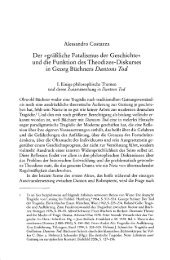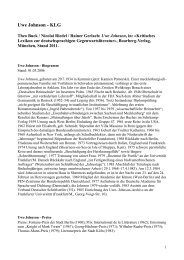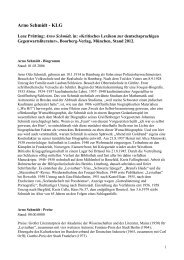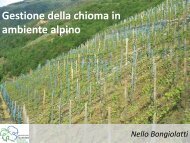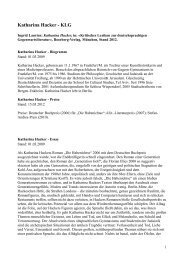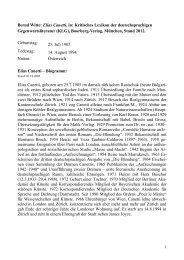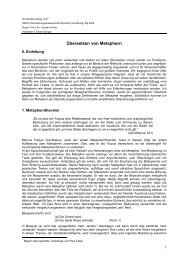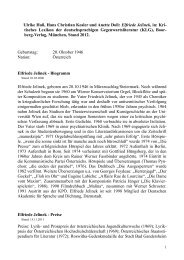Volume of Abstracts - Università degli Studi di Milano
Volume of Abstracts - Università degli Studi di Milano
Volume of Abstracts - Università degli Studi di Milano
Create successful ePaper yourself
Turn your PDF publications into a flip-book with our unique Google optimized e-Paper software.
5 th Int. Workshop on Ice Caves (IWIC – V)<br />
Barzio (LC), Valsassina, Grigna and <strong>Milano</strong>, September 16 – 23, 2012<br />
<strong>Volume</strong> <strong>of</strong> <strong>Abstracts</strong><br />
MICROBIOLOGY IN ALPINE AND ANTARCTIC ICE AND GLACIER<br />
CAVES<br />
Sattler B 1 ., Standhartinger B. 2 , Hoover R. 3 , Wendlinger C. 3 , Spötl C. 4 &<br />
Psenner R. 1<br />
1 University <strong>of</strong> Innsbruck, Institute <strong>of</strong> Ecology, Technikerstrasse 25, 6020 Innsbruck, Austria<br />
2 Wasser Tirol,Gewerbestraße 4, 6430 Ötztal-Bahnh<strong>of</strong>, Austria<br />
3 NASA/NSSTC, Huntsville, Alabama 35802, USA<br />
4 University <strong>of</strong> Innsbruck, Institute <strong>of</strong> Geology and Paleontology, Innrain 52, 6020 Innsbruck,<br />
Austria (birgit.sattler@uibk.ac.at)<br />
Ice and glacier caves in alpine and polar regions have been lately<br />
recognized as microbial habitats. They consist truncated food webs<br />
consisting <strong>of</strong> viruses, fungi, bacteria and autotrophic organisms such as<br />
cyanobacteria and (snow) algae) exerting photosynthesis which is mostly<br />
limited to the cave entrance. Ice caves in general are understood as rock<br />
caves with remaining permanent ice with a seasonal change <strong>of</strong> thickness<br />
provi<strong>di</strong>ng a relatively stable environment. Contrary to the relatively stable<br />
environment <strong>of</strong> this type glacier caves do not provide a rock bed and are<br />
highly dynamic due to the plasticity and movement <strong>of</strong> the glacier. Hence,<br />
caves in glaciers can as well <strong>di</strong>sappear for a while or close up. However,<br />
due to limited but still existing transparency <strong>of</strong> the overlying ice<br />
cyanobacteria can still thrive and provide carbon for heterotrophic bacteria.<br />
Here we present the comparison <strong>of</strong> the two types located in the Austrian<br />
Alps (Grubsteinhöhle and Hintertuxer Eispalast) and glacier caves from<br />
Antarctica (Novolazarewskaya and Dumar glacier cave) based on chemical<br />
characterization <strong>of</strong> the ice and the consisting bacterial communities.<br />
Molecular biological results from the ice cave revealed largely <strong>di</strong>fferent<br />
microbial communities in ice cores, se<strong>di</strong>ment and air. Ice cores <strong>of</strong> all<br />
habitats contained Actino-, Cyano- and Proteobacteria whereas<br />
Acidobacteria and Deinococcus-Thermus have only been found in Antarctic<br />
caves. Ice caves are also understood as a refuge for microbial cells and are<br />
hence model habitats for astrobiological hypotheses.<br />
40




